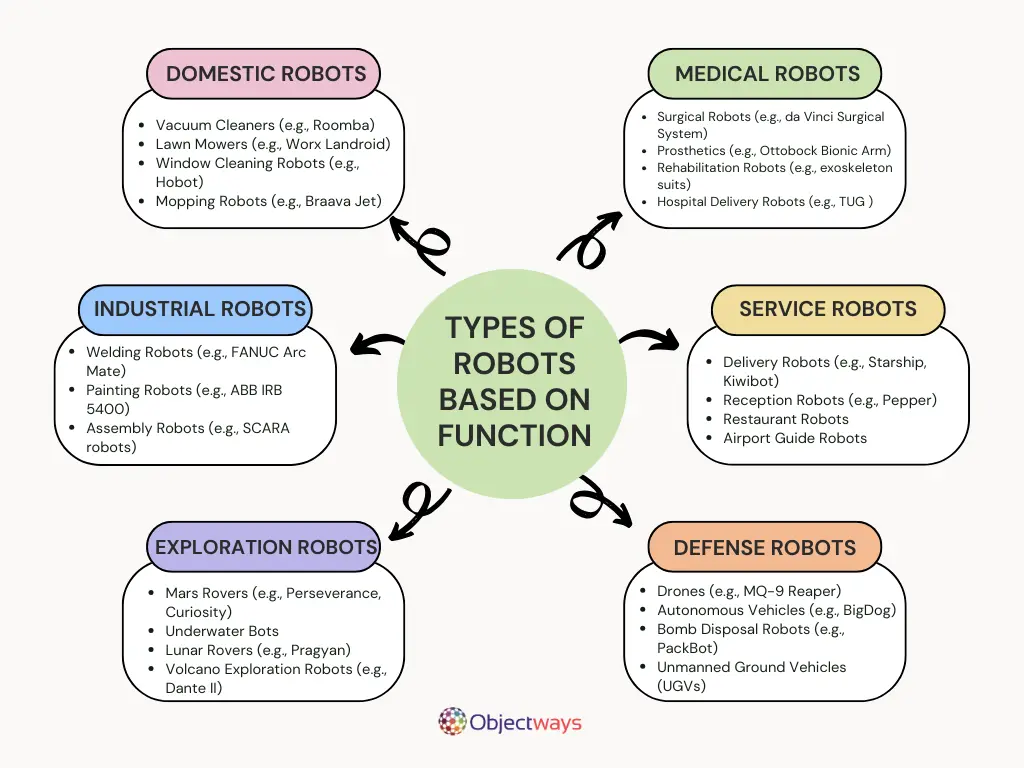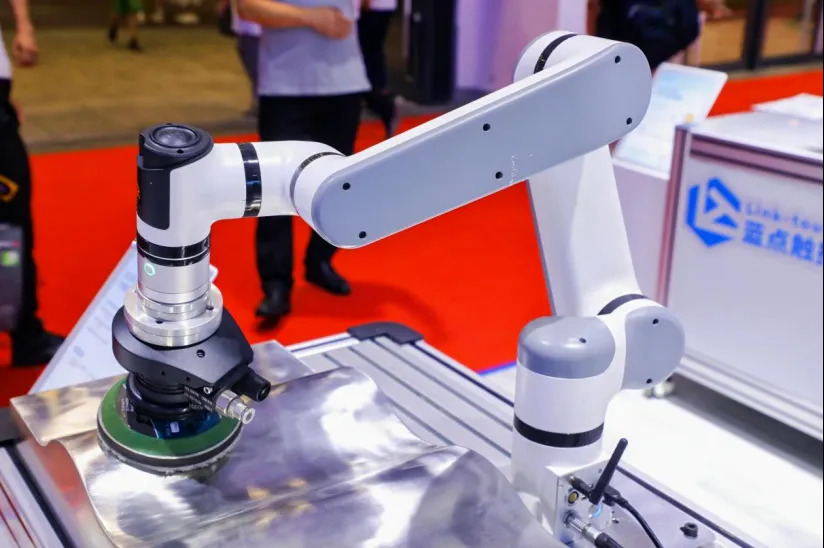There was a time when the word “robot” made people think of The Terminator, a futuristic idea from science fiction. However, today, they are becoming an integral part of our living and working spaces. From performing quality checks in factories to assisting surgeons with delicate procedures, they are now equipped with a wide range of advanced capabilities.
As robots take on more complex tasks, their design and intelligence keep improving to meet real-world needs. Thanks to artificial intelligence (AI), robotics engineering, and computer vision, they can now recognize objects, understand their surroundings, and interact with people in more human-like ways.
As a result of these abilities, AI-powered robots are being used in almost every major industry. In fact, there are now more than four million of them working in factories around the world.
In this article, we’ll look at how AI helps robots make smarter decisions in everyday situations. We’ll also explore how combining different sensors, a process known as sensor fusion, helps them better understand the world around them. Let’s get started!

Different Types of Robots
Robotics engineers are pushing the boundaries of robotics by improving the design of materials, actuators, control algorithms, and embedded computing systems. An example is how lighter and more agile robotic arms make it easier for machines to operate safely in shared spaces and conserve energy in dynamic setups. Such improvements also make robots more precise and better able to adapt to the conditions they work in.
The ultra-lightweight robotic arm, which was showcased at the tech event CES 2025, is a great representation of this technology. It was built to handle industrial tasks while easily adapting to different environments. Made with lightweight materials and designed for precise, smooth movement, this type of robot is well-suited for manufacturing, service jobs, and can even help around the home.

